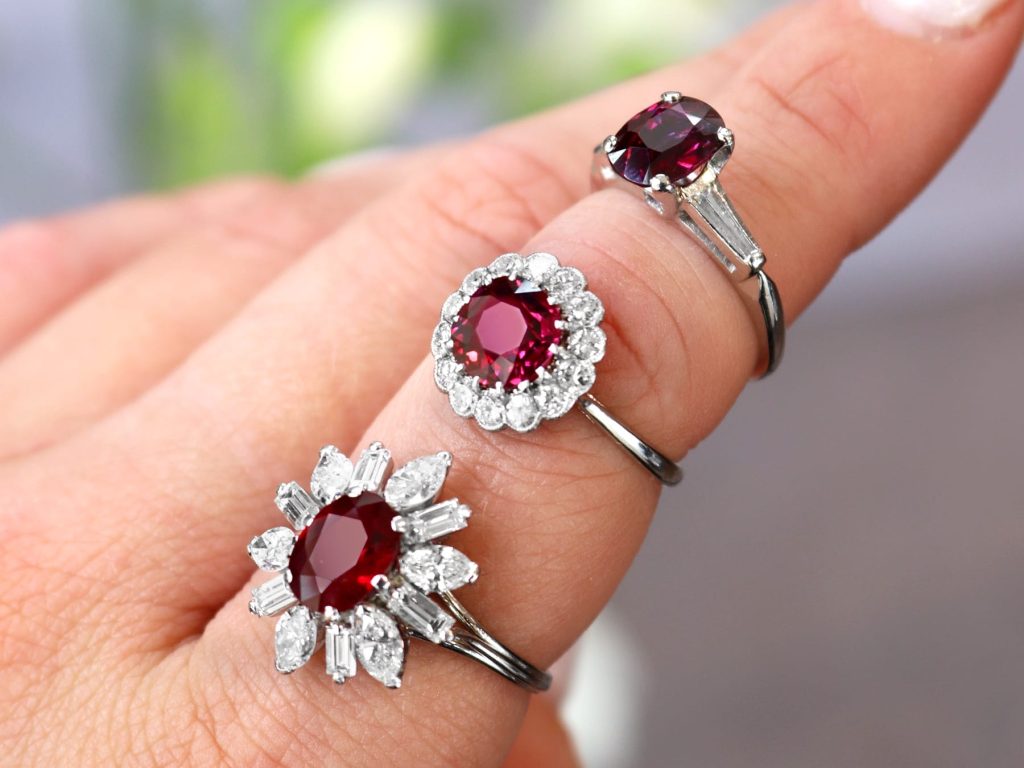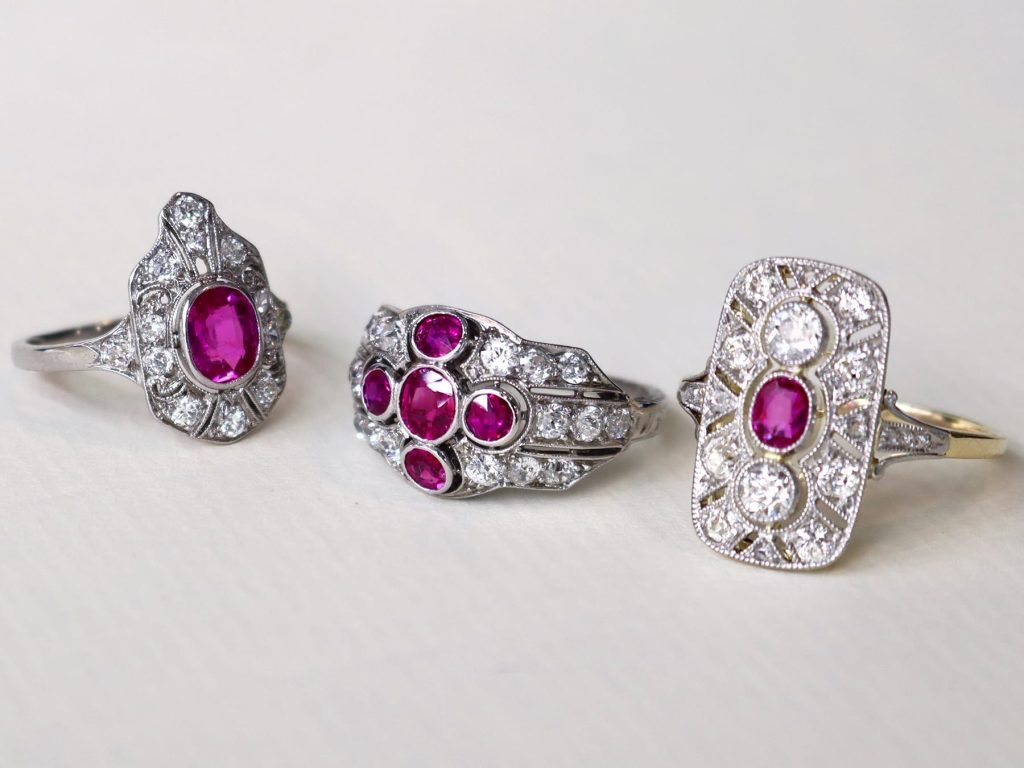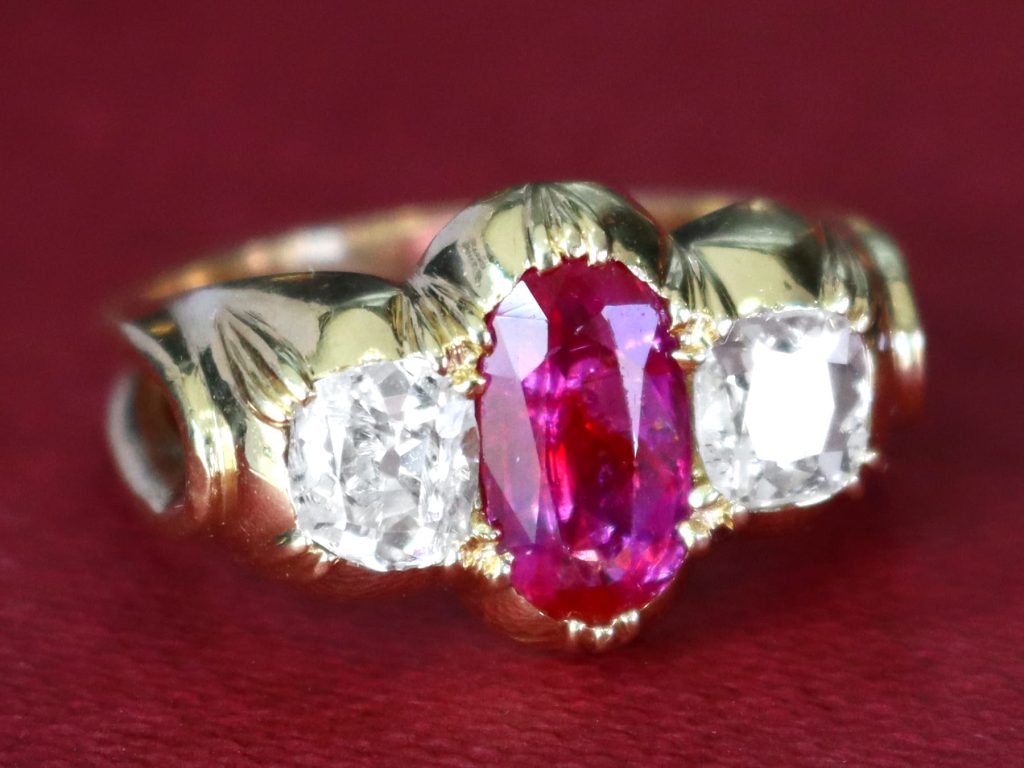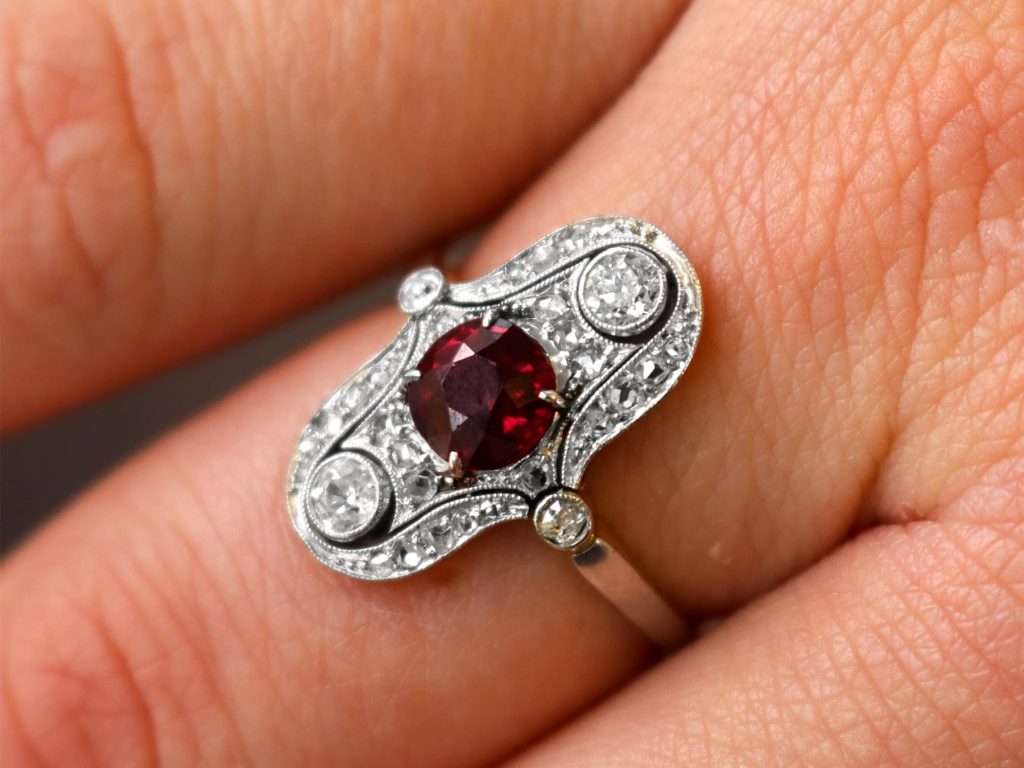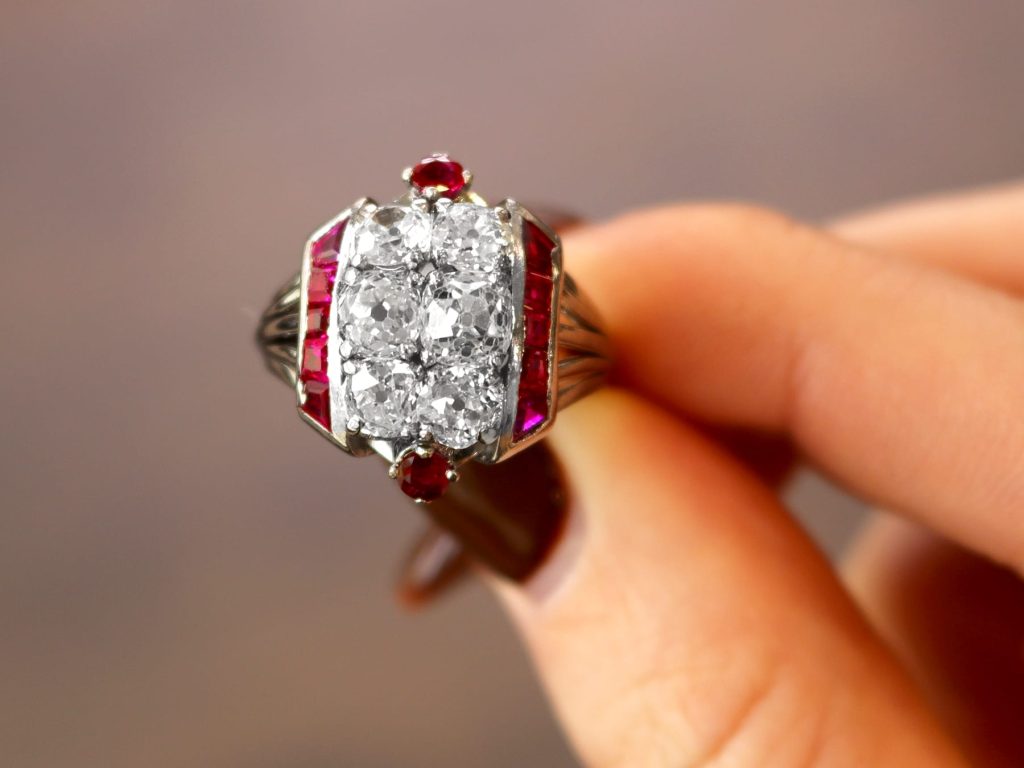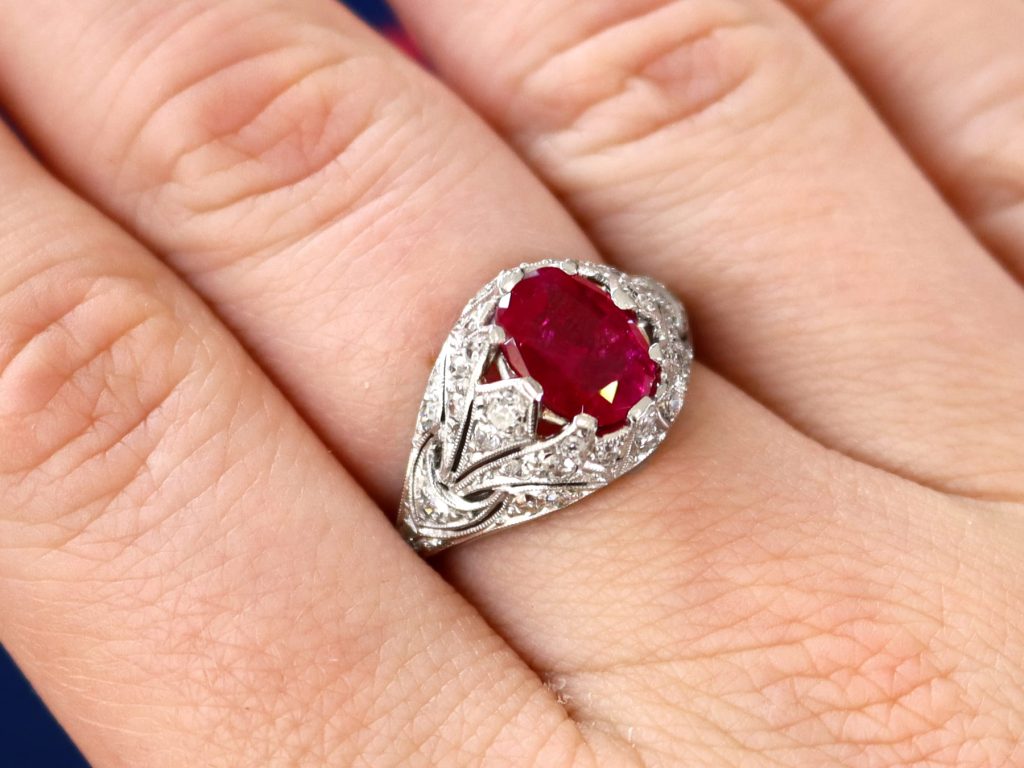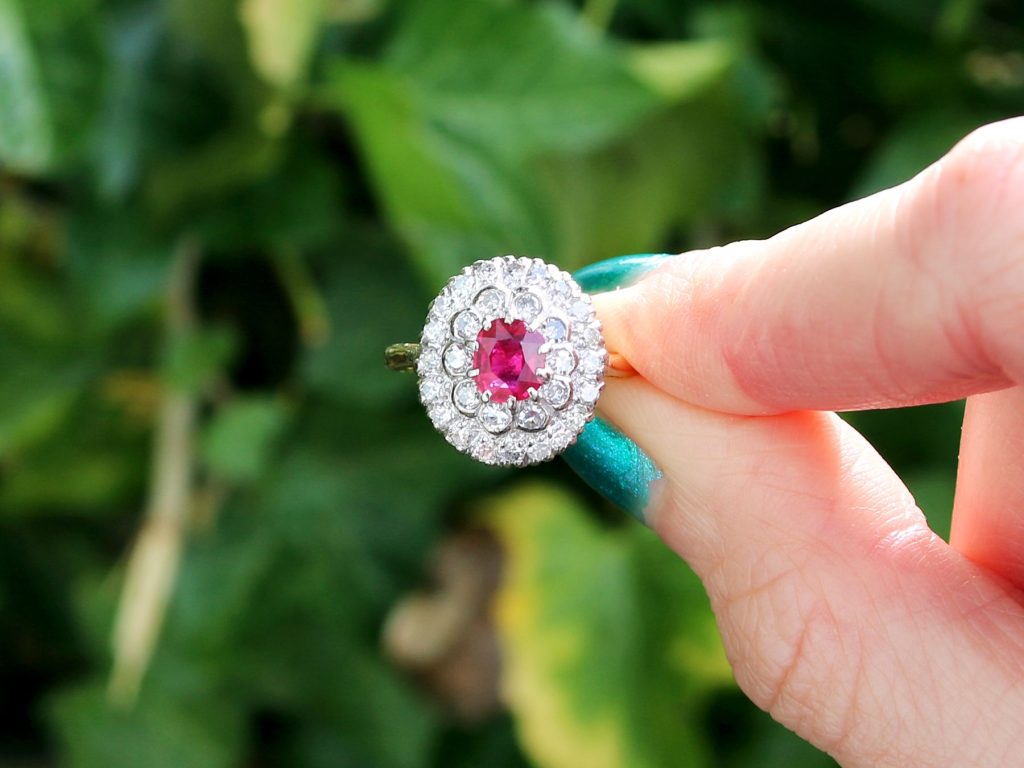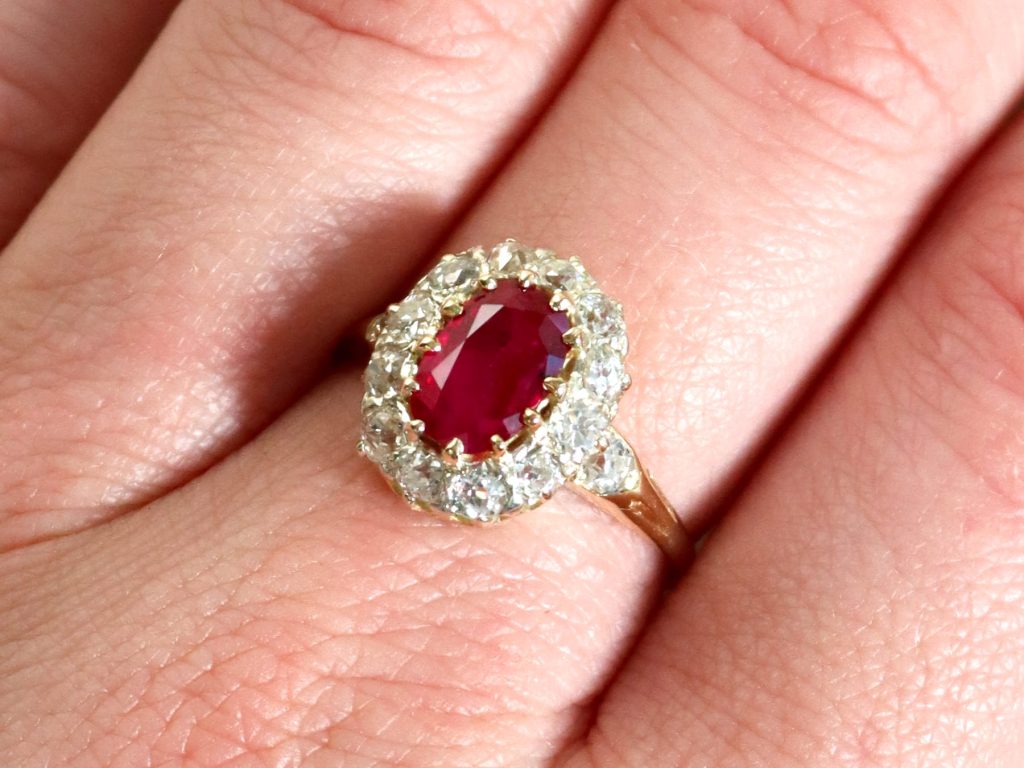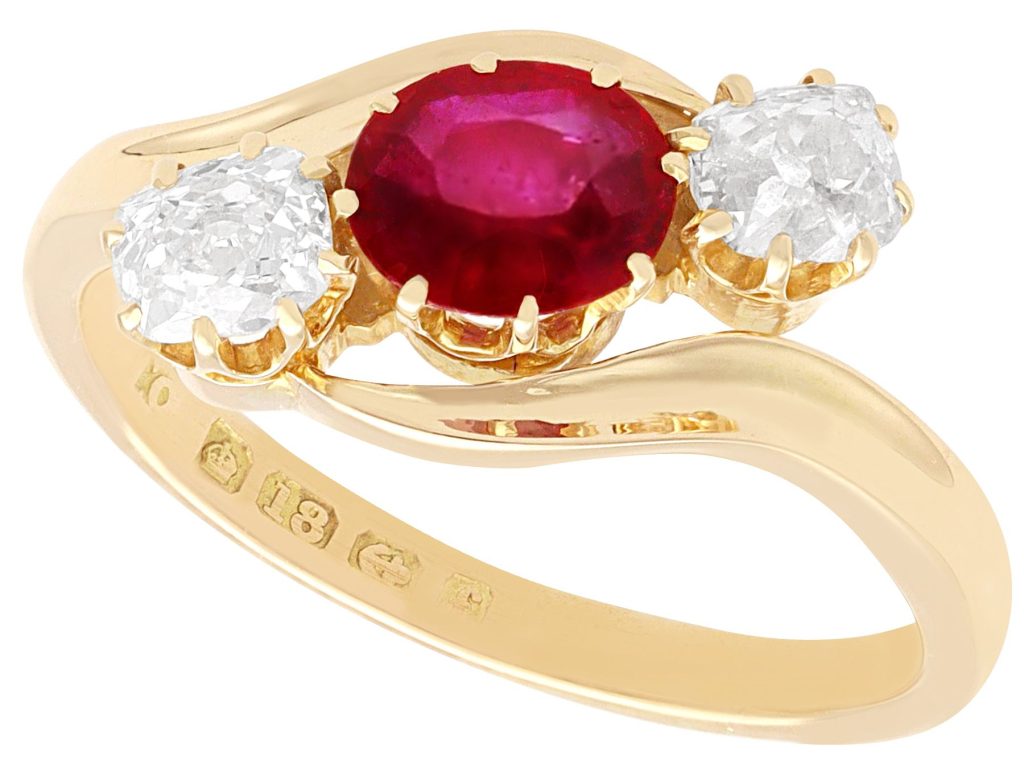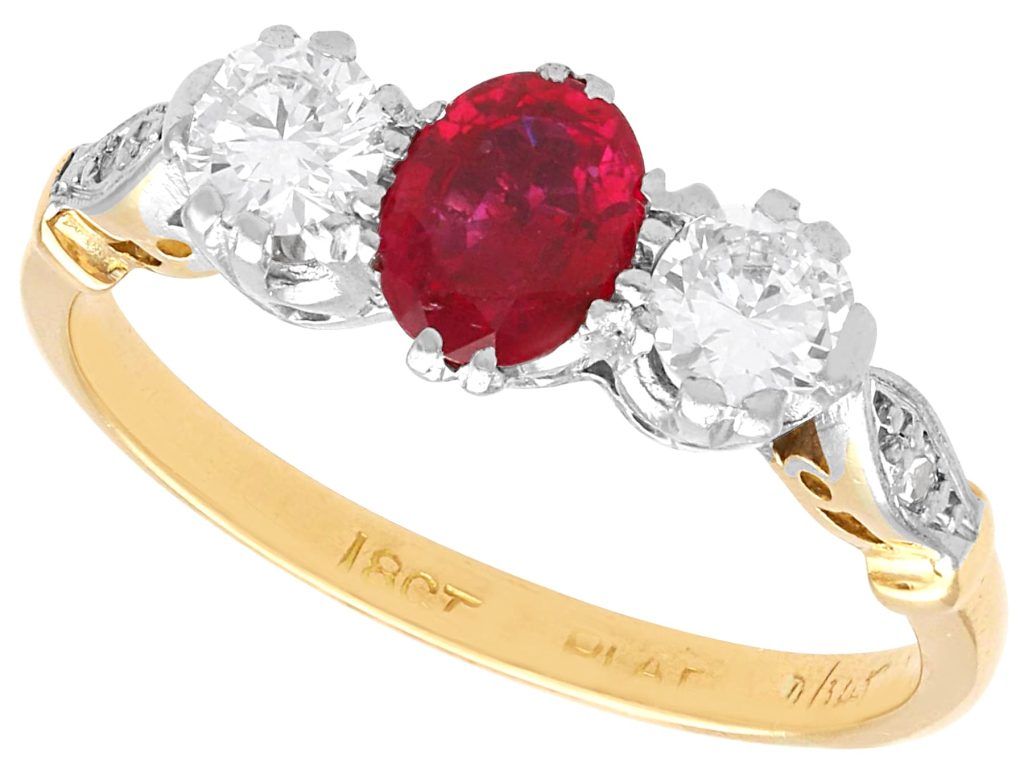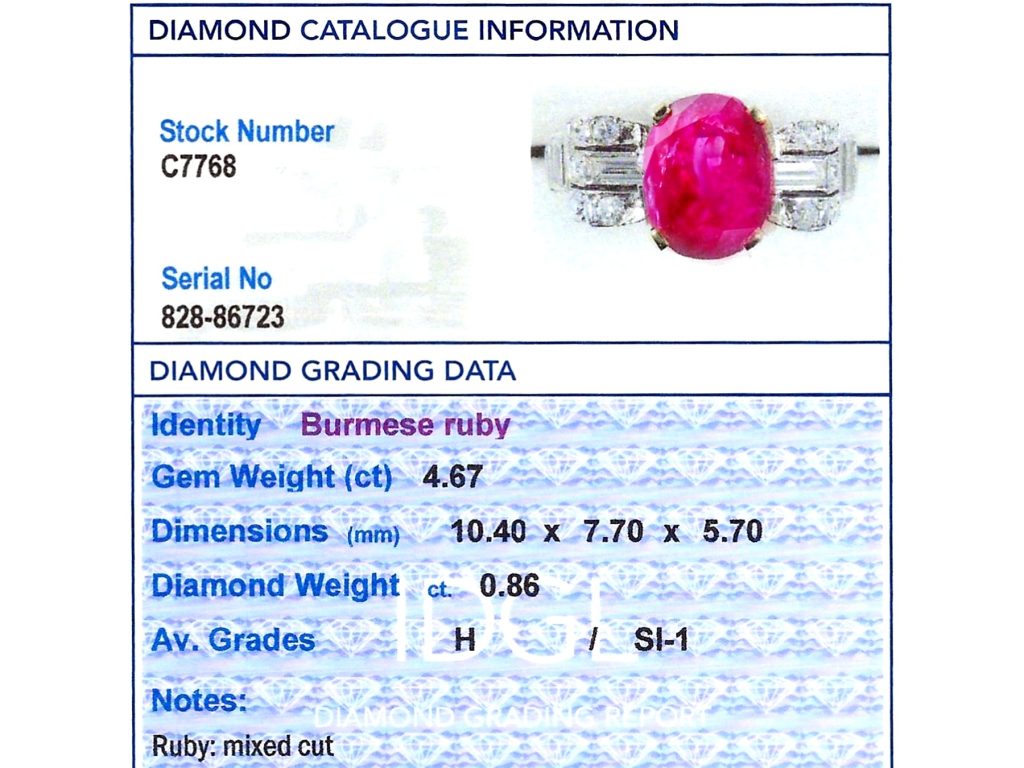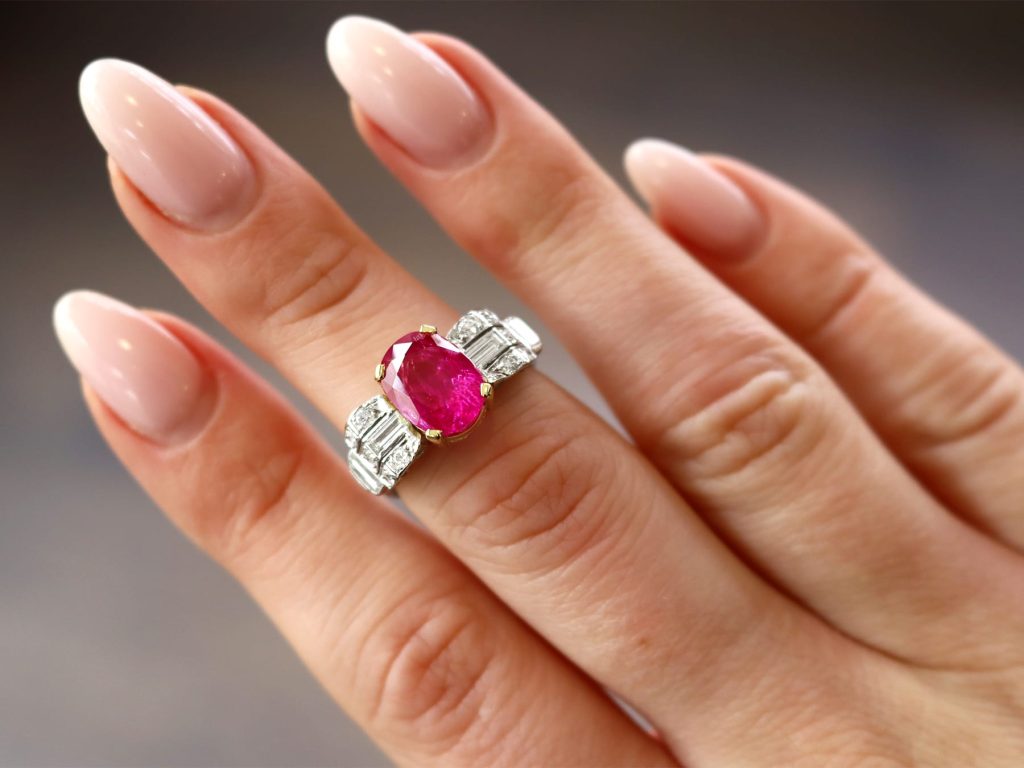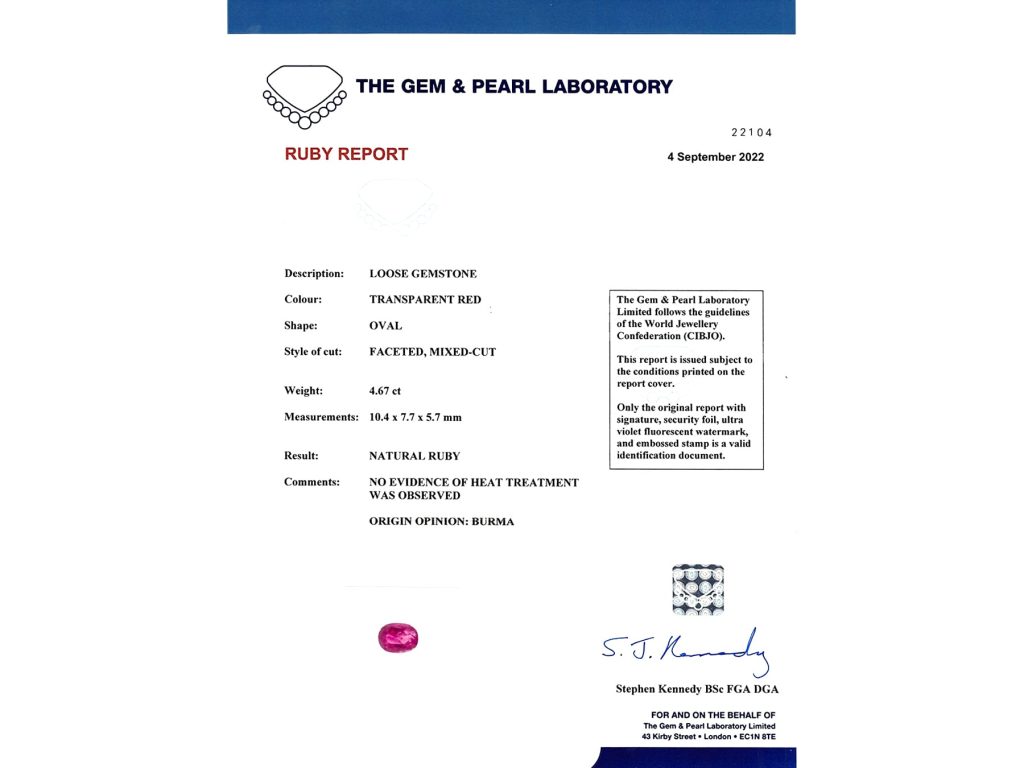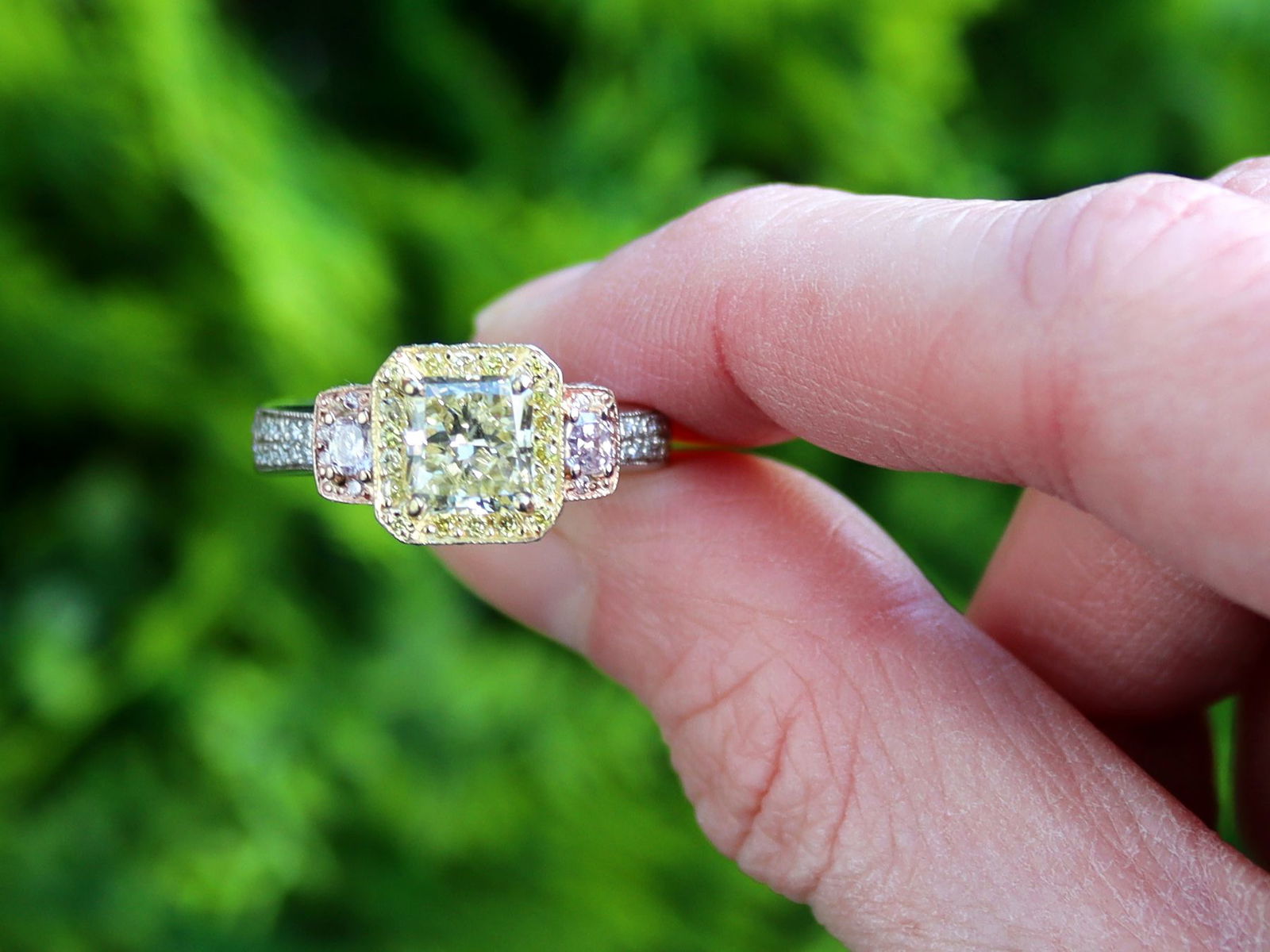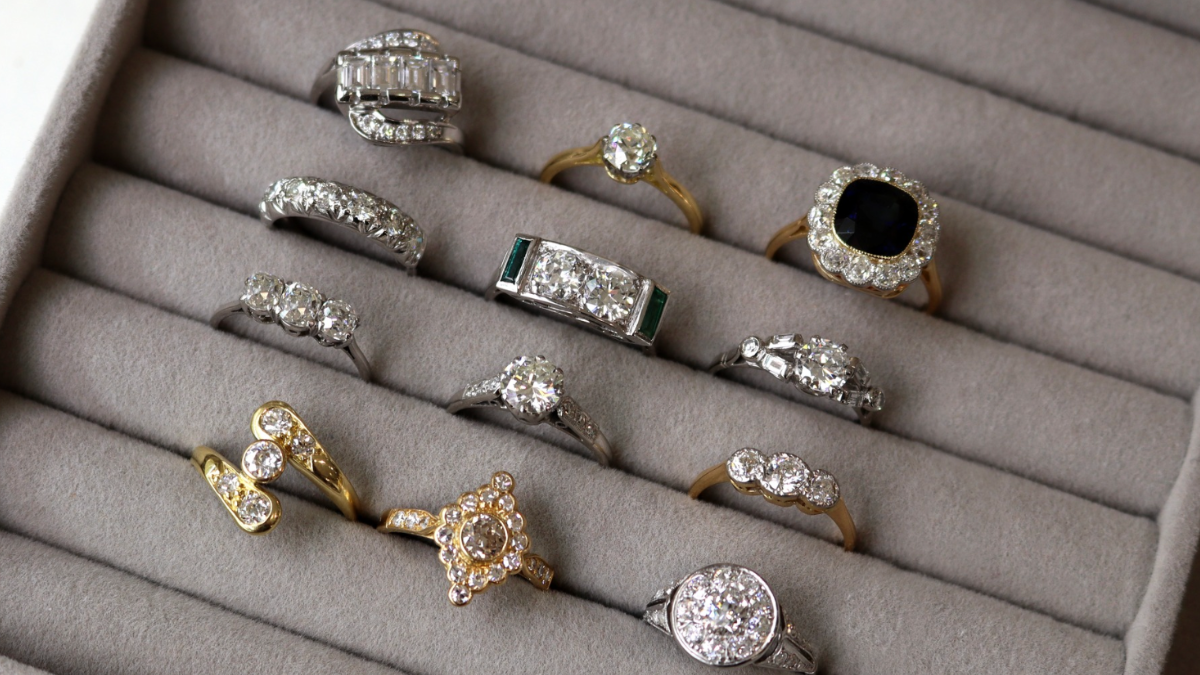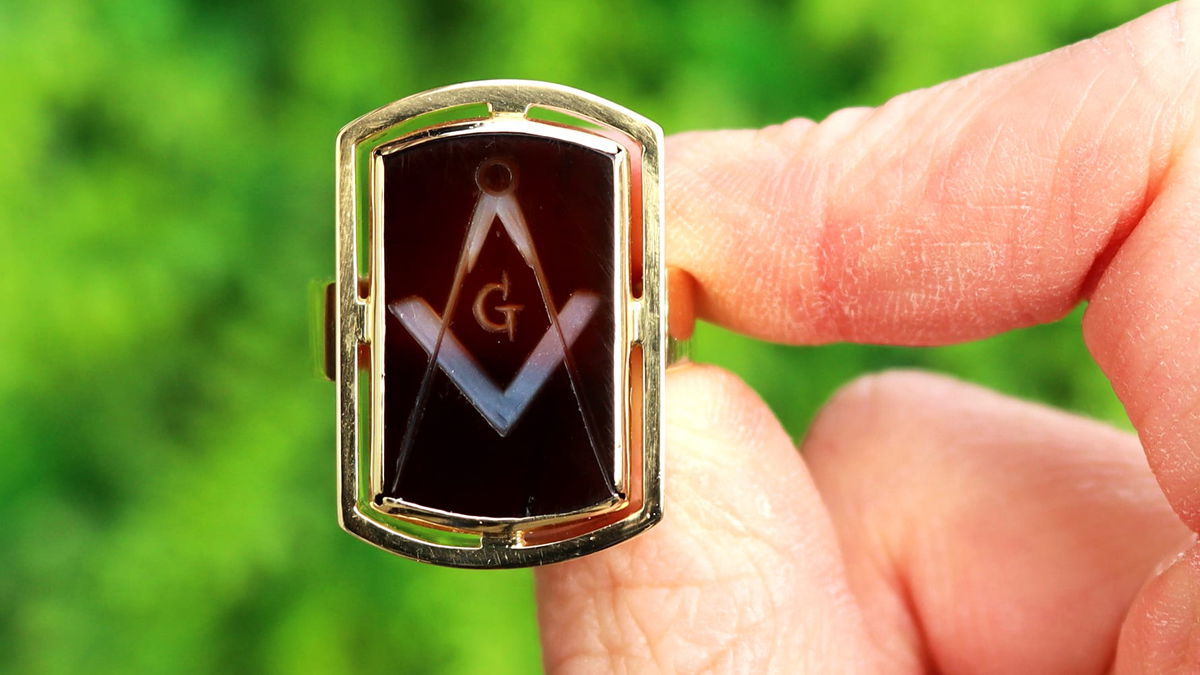Rubies are a precious and timeless gemstone rich with symbolism and history so it’s no wonder they are so sought after. However, it’s important to know how to spot a genuine ruby from a heated or reproduced one. So here we are exploring some of the indicators of authenticity to help you make a ruby ring purchase with confidence.
1. Examine the Setting and Craftsmanship
Made before modern jewellery processes, you can tell the era some ruby rings were from because they are full of character and period features. Here are some common ones to look out for:
- Victorian rings: The Victorians used a range of metals and techniques with silver and gold the most favoured.
- Edwardian rings: Often these rings used intricate filigree work which involved ornate designs resembling lace and millegrain to create a fine beaded edge providing a subtle texture and a refined antique look.
- Art Deco rings: These rings are bold with geometric designs with sharp and symmetrical lines.
2. Analyse the Ruby
Usually, a true ruby will show signs of its age – look at the following factors:
- Natural inclusions: Genuine rubies usually contain some inclusions because of the natural formation process and if a ruby appears to be flawless in clarity it may have been treated and if it has bubbles or air pockets in the stone it may be a fake one.
- Colour: The most sought-after ruby is deep red with a hint of blue, known as Pigeon Blood Rubies or Burmese Rubies. Blood red rubies are considered desirable however if a ruby appears too vibrant it may be a sign of it being a synthetic stone.
- Cut: Good rubies will have sharp clean cuts and symmetrical facets that reflect the light evenly – often the crown of the ruby will be brilliant-cut or pavilion step-cut. Fakes may be poorly cut or have rounded edges with smooth facets.
3. Check for Hallmarks or Maker’s Marks
A lot of antique jewellery features a hallmark and these can indicate several things about the piece:
- The type of metal used.
- The year and place of the assay (which is a comprehensive analysis that determines the content and purity of the metal).
- The maker or workshop involved.
4. Consider Wear and Patina
Signs of age can come from the fact the ring has been worn and the ring may have slight abrasions on the ruby, softened edges or patina (a green or brown film on the surface due to oxidisation) on the metal.
5. Buy from a Reputable Antique Jeweller
A safe way to ensure authenticity of your ruby ring is to purchase from a trusted source. At AC Silver, all our ruby rings are each independently assessed, quality checked and verified. All gemstone rings will be supplied with a grading card and or certificate.
Knowing some features and factors to look out for when shopping for an antique ruby ring, you can more confidently make your purchase and treasure your precious piece generations to come.

